Columns
Academic interest among artists
The growing academic interest among Nepali artists should be productively addressed.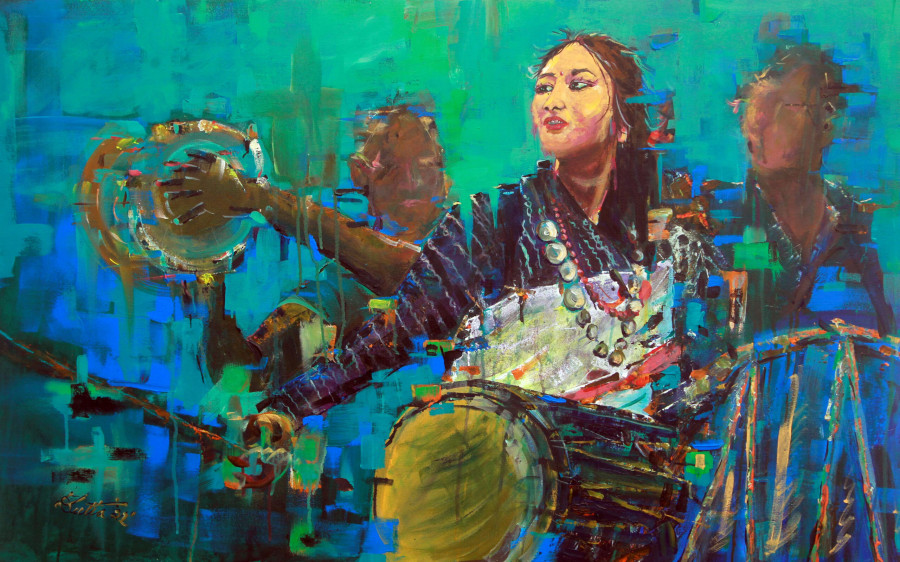
Abhi Subedi
A common interest that is growing in recent years among Nepali artists of different genres is engaging in academic studies. This is an interesting development for an academic and art reviewer like me. I have some experiences to share. We developed interart studies at the Central Department of English several years ago, and made art an important part of literary studies. We used the canons of literature and arts to promote interart studies. As a Nepali literary writer and a critic, I had some responsibilities in such studies, which was creating a bridge between Nepali artists and literary writers.
This offered me a challenge to interpret paintings executed by Nepali painters and sculptural works made by sculptors. That involved the use of different genres of art and the related criticism for the study. That was an academic study of art. Nepal Lalitkala (fine arts) Campus did address some subjects of art studies, but their major thrust was art pedagogy more than the promotion of scholarly studies. But the responsibility of developing academic programmes with research works foregrounded for that lay with the Arts Faculty of Tribhuvan University that included the development of programmes of research studies in art by addressing the academic requirements.
Rare art criticism
It was difficult finding standard Nepali art criticism because art lovers and the artists themselves did not write much in that area. The teachers of the different genres of art were not art critics. They spent their time teaching and supervising the practical work of the art students. Nepali artists naturally did not worry so much about the academic side of their educational training. In reality, not many artists do.
The questions we ask today are: Who were the art critics then? Was it the responsibility of the scholars of other somewhat related subjects to write about arts? Or was it the responsibility of the teachers of literature like us who used arts for comparison in the pedagogic process? These questions are intriguing. It would be appropriate to recall here European painter Pablo Picasso who says the task of a painter is not to write literary criticism; that is not the priority of painters. Picasso declares, "I can hardly understand the importance given to the word research in connection with modern painting. In my opinion, to research means nothing in painting. To find is the thing." ("Picasso Speaks" in Art in Theory, 1992). Nepali painters' concern too was "to find". But I think some meta-art awareness is important for artists. Among the painters who wrote about art were Lain Bangdel and Manuj Babu Mishra. Art critic Narayan Bahadur Singh wrote a book in Nepali about Nepali art, which scholars and critics use extensively even today. Some painters of later times like Madan Chitrakar, Ramesh Khanal and Navindra Man Rajbhandari have written art criticism. There are a few others whose names are not mentioned in this short article for reasons of space.
I want to address the growing academic interest among artists. I first encountered this strongly a couple of years ago when I was invited by the Dean's Office of the Arts Faculty in Kirtipur to give some seminar classes to the art students aspiring to follow studies leading to a PhD or an MPhil, for that matter. I was truly impressed by the strong passion that these artists had for academic studies in their respective areas of interest. But I found that they were embarking on the "PhD" project without the necessary accoutrements for that. They were or are good artists; I know them very well. One student took me to show his sculpture on the ground floor after the seminar class. He wanted my advice as to how he could transform that energy into an academic work. He knew he was putting that question to an academic who wrote about arts. Soon I found that others too were working in similar situations. I gave suggestions to the faculty and the students then. It is the subject of a long article.
The next experience has a recent origin. Council member and head of the Contemporary Arts Department Sushma Rajbhandari invited me to participate in a colloquium on May 5. A scholar Yam Prasad Sharma, my erstwhile student and the only scholar from the Literature Department to do a PhD in arts, was presenting a paper on the subject "Study of originality in contemporary Nepali paintings". To prepare myself, I asked Sushma Rajbhandari a few days earlier to lend me the publications of the academy. She had also informed me that there was a growing interest among artists, including her, to do academic work for which they had to take a break from their art practice and engage in research work. I read the publications of the academy during the time available to see how much of their stuff would fulfil the academic needs of painters.
Among the publications there were some good works, but others written on the latest trendy theories of art criticism appear to have problems. The concept of postmodernism in art and even literature, for example, is bandied about in Nepal. There were problems with editing in the major publications. But the publications about indigenous, folk, regional and traditional artists and arts including one about a traditional pot maker known as kumal are useful and readable works. Such publications, however perfunctory, can help researchers. This not being a book review, I want to conclude by saying the following.
Good development
The growing academic interest among working artists is a very good development. But the university should be prepared for that by developing programmes that would make it easier for researchers to study the concepts and theories of art studies, and develop their own plans and concepts by using the genres of art that they are practising. I would say the role of the Academy of Fine Arts is very important here. They should be serious about the publication of the right books written by the right scholars and edited carefully before publication.
The other tremendous potential for academic research for artists and others is the available resources and varieties of art works that one encounters at the ongoing National Exhibition of Fine Arts 2022, for example. This is an annual programme, and the art works from previous exhibitions may have been preserved in their archives. The exhibition of the diverse genres of the works of art from modern to traditional that employ various techniques and methods for that is a subject of research. I think the growing academic interest among artists is a good development, which should be productively addressed by both the university and the academy.




 5.4°C Kathmandu
5.4°C Kathmandu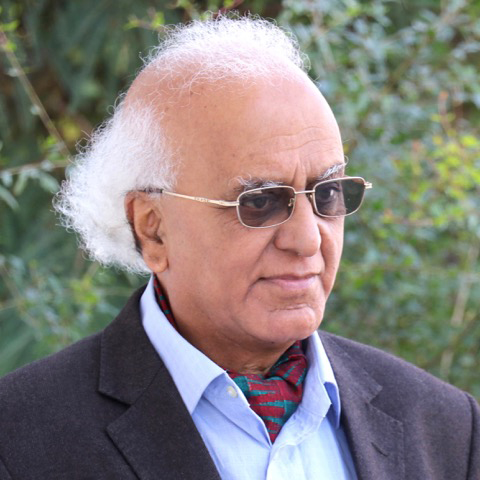

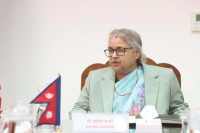

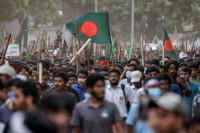
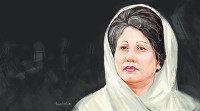
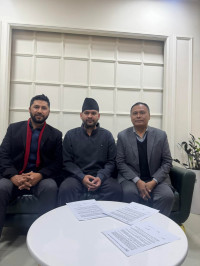
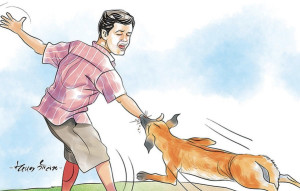

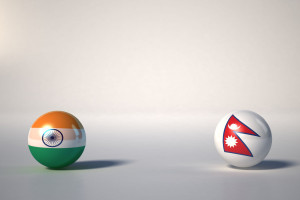
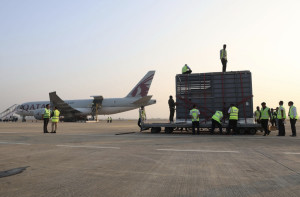
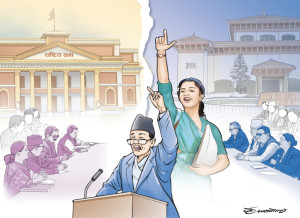


%20(1).jpg&w=300&height=200)

